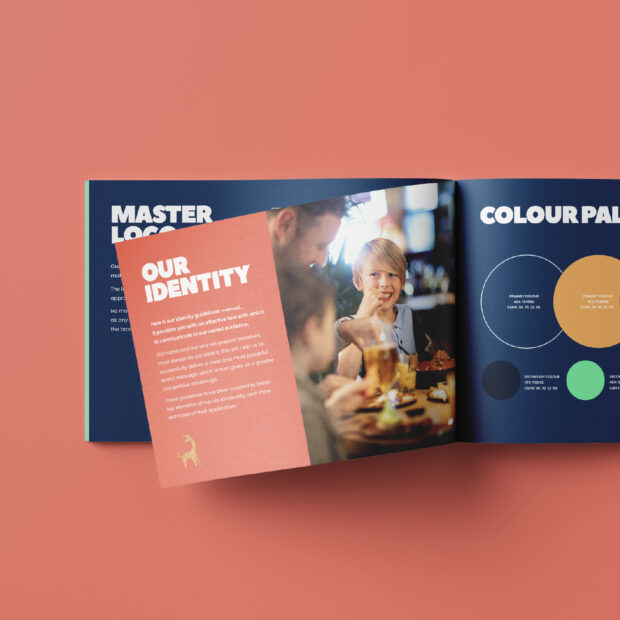Leveraging Analytics for Design Optimisation
In website design, analytics provide invaluable data-driven insights that inform optimization efforts, ensuring the site meets users’ needs and expectations.
By leveraging metrics such as bounce rates, conversion rates, and heatmaps, businesses gain deep insights into user behaviour, allowing them to pinpoint areas requiring enhancement and fine-tune their design for better performance.
From “click-through” to “time-on-page,” these analytics help transform data into actionable strategies, boosting the site’s efficacy.
Key Metrics to Monitor
Monitoring key metrics is essential for optimising web design and enhancing user experience.
- Bounce Rate – This measures the percentage of visitors who leave without interacting with the site.
- Conversion Rate – Tracks the percentage of visitors who complete a desired action, such as purchasing.
- Click-Through Rate (CTR) – Indicates the ratio of users who click on a specific link to the number of total users.
- Average Session Duration – Monitors the average amount of time users spend on the site.
- Page Load Time – Reflects how quickly your website loads, crucial for user retention and SEO.
- Heatmaps – Visual tools to see where users engage most or least on your site.
These metrics provide vital insights into user behaviour and engagement.
By closely monitoring these metrics, businesses can make informed adjustments to improve site performance.
A/B Testing for Continuous Improvement
A/B testing, also known as split testing, is a powerful method for achieving continuous improvement in web design performance.
By comparing two different versions of a particular web page element or layout, businesses can identify which version yields better results based on specific key performance indicators (KPIs). This rigorous, data-driven approach ensures that decisions are grounded in actual user behaviour, ultimately enhancing the user experience and driving conversions.
Conducting A/B tests allows for a systematic evaluation of various design strategies. By measuring users’ interactions, businesses can make incremental changes that collectively have a significant impact on overall website success.
Employing A/B testing as part of a continuous improvement strategy enables businesses to refine their web design over time, ensuring it remains optimal and aligned with user expectations. This cyclical process of testing, analysing results, and implementing changes promotes a website that grows more effective and user-centric, securing ongoing marketing success.














